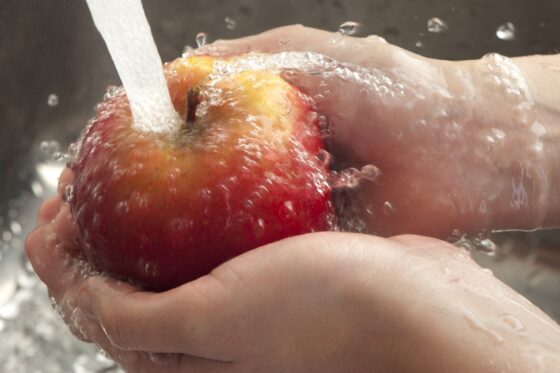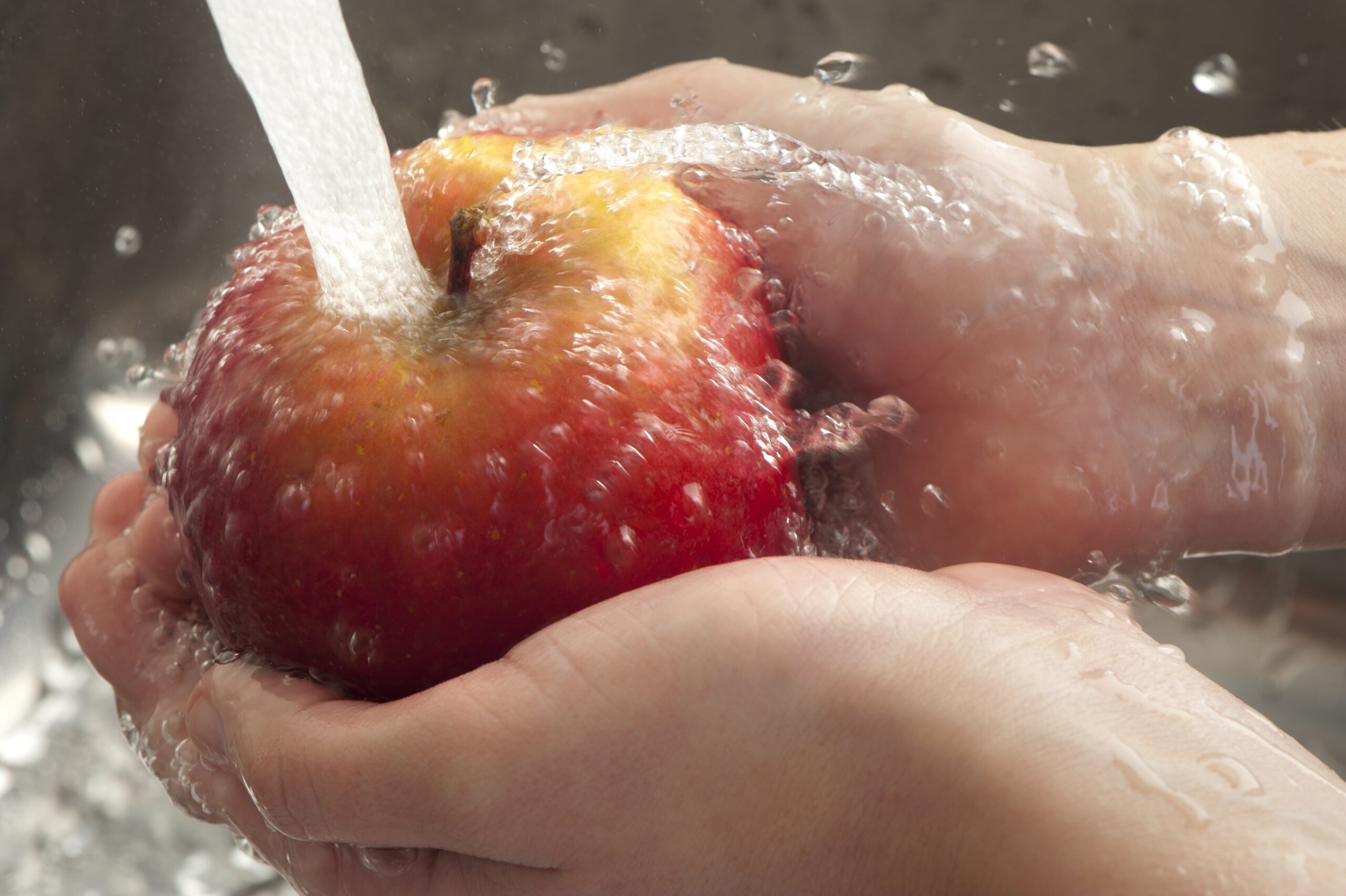
Many fruits and vegetables we eat are contaminated with pesticide residues. In order to better identify the presence of these substances in food products, Swedish researchers have developed a cheap and reproducible mini-sensor.
This nanosensor was developed by scientists at the Karolinska Institute (Sweden) and is inspired by a method that has been around since the 1970s: Surface Enhanced Raman scattering (SERS). This somewhat technical term refers to a process that consists of identifying the presence of chemical elements through a metal surface.
This technique would make it possible to easily detect the presence of pesticides in fruits and vegetables. A fast and effective way to protect human health from these harmful substances, but also to reduce the costs of a laborious and complicated process, precisely because of the price.
“The use of SERS sensors in practical applications is hampered by high production costs due to poorly scalable, poorly reproducible batch-to-batch, unstable and uniform processes,” explain the researchers in an article devoted to the description of their technique.
The technique of these Swedish scientists actually consists of the use of a SERS nanosensor. Flame aerosol deposition has been used to rapidly fabricate SERS detection films. To test its effectiveness, small amounts of pesticides were placed on apples and then collected in the lab before going under the beams of the nanosensor.
Even with small amounts, the sensor developed by the Karolinska Institute was able to detect the presence of pesticides in less than five minutes. However, the effectiveness of this tool needs to be confirmed by larger scientific testing before it can be deployed on a larger scale.
It is not the first time that technology has been used in the service of food safety. In December 2021, Taiwanese manufacturer Asus presented a robot that can help disinfect fruits and vegetables before cooking them by analyzing the quality of their rinse water.
Named “Asus PureGo”, the device activates automatically when submerged in water. If the module indicator shows red or orange, your fruits or vegetables still need to be washed. When the light turns green, you can eat them!
Against pesticides, innovations that are going in the right direction.
(ETX Daily Up)
